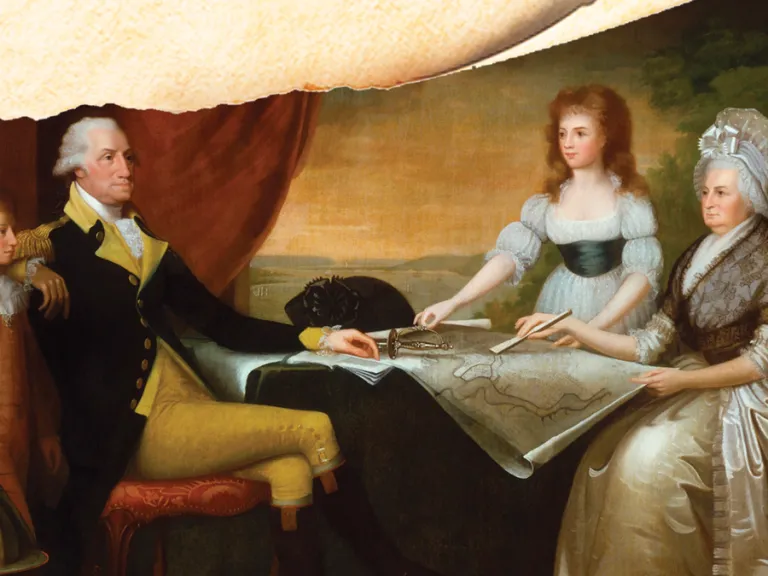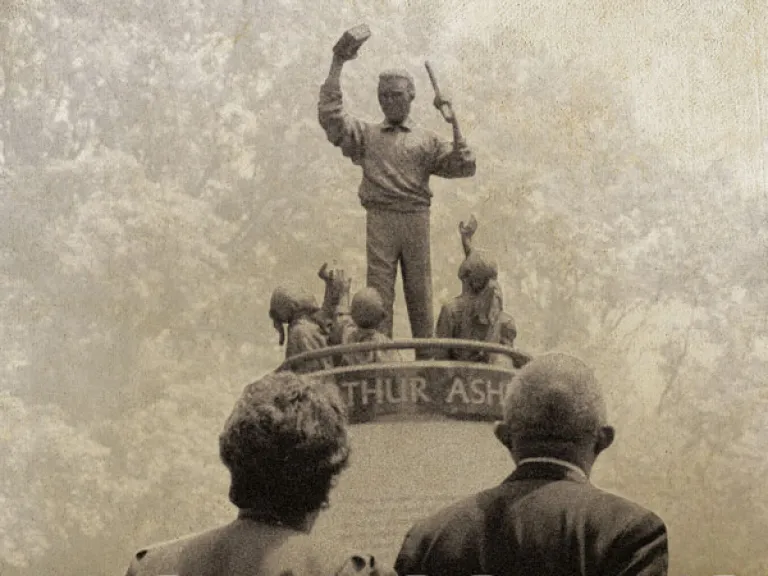Secrets & Symbols: "Crown of Thorns" Chest of Drawers
“Crown of Thorns” chest of drawers, late 1800s
Unknown maker
VMHC Collection
So-called tramp art was popular across the U.S. from the 1870s to the 1930s. In this art form, the maker embellishes an object—such as a frame, box, or furniture—with chips notched out of a piece of wood and arranged into decorative designs. This spectacular example is encrusted with interlocking chips in a lattice-like pattern known as “crown of thorns” for its prickly appearance.



